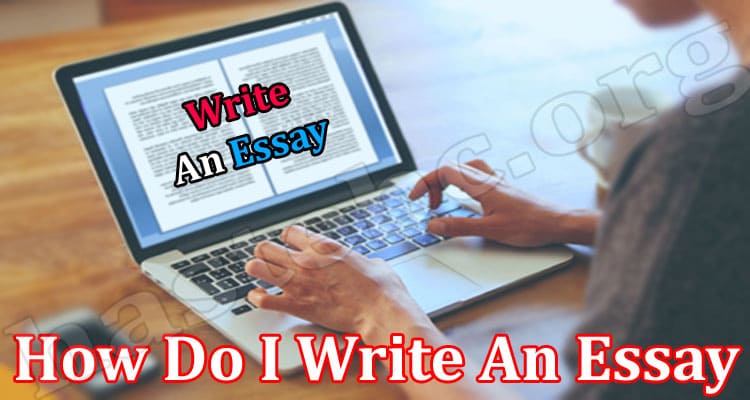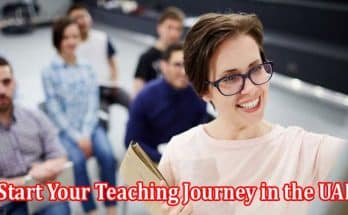How Do I Write An Essay: As the requirements for writing are minimal – open the topic and do not forget to put the title. But this is the main difficulty. The freedom of creativity can take you to the wrong stage. We propose to sort out the defeats and regulations together and understand what is legitimate and what is not—incidentally, the ability to write yes – a handy skill in adult life.
What is an essay?
An essay is a small prose work, a picture of a scientific problem in an unscientific style. For students, it is a creative work in its own right. It is also a separate literary, critical, historical, and prose genre, through which the author: interprets a private topic, creates a free composition, conveys personal impressions and thoughts, argues the arguments in a long and often paradoxical form.
The writing requires a lot of effort, searching, and three hours. If you feel that you can’t do everything in time, consider services like writance that offer a wide range of services for a short period and a reasonable price. These services are legal, accessible, and confidential, so there is no need to worry about your digital security. The texts are written by the best authors, who have great experience in writing academic texts.
It is part of the group of scientific works, but it is very isolated in this line. This makes it even more enjoyable. Understanding the concept will help you decide the meaning of the word. Such a delightful sounding – from the French translates as a challenge, drawing. The essence is wonderfully conveyed. This is a kind of “testing of the pen,” which helps to encourage and formulate ideas on the subject.
Structure of the essay
The essay has a three-component structure – the introductory, main, and concluding parts. But we will focus our attention on the contents of these elements.
Introduction. It is necessary to arouse the reader’s interest, to entice, and demonstrate that the following is about the important and necessary. In the introduction, the author formulates the problem and delivers its essence, showing their own emotions and reassuring the reader of the issue’s importance.
The main part. The problem is viewed from different points of view, especially from the historical aspect. The author asserts, explains, gives examples, analyzes, makes summary judgments, and formulates conclusions. These tasks conditionally divide the central part into sub-paragraphs. Of course, they must follow logically, one by one.
Conclusion. The summary summarizes all the findings in one final thought and helps the reader reach the logical result of what you have read, reflect on the arguments, form their own opinion – whether or not, and may even encourage them to continue the discussion.
Pay attention! If the student writes effectively, it is essential to remember this detail. The goal of the introduction is to stimulate interest. The central part aims to argue. The purpose of the summary is to lead to the value and significance of the damaged problem or issue and to encourage the author to reflect and reconsider.
The Classification of the essay.
According to the content, texts can be analytical, narrative, descriptive, reflective, opinionated, critical, and others. The first and the last type from this list can be called a priority for scientific works. That is, we describe at school, but the university already requires the ability to think, analyze and criticize. Literary form as a criterion allows us to classify texts into these types: notation, sheet, drawing, review, the text page of the editorial, lyrical miniature.
Students are given mostly reviews and notes. Although both the discipline and the department have an influence. Future philologists, literary scholars, and many others do not hesitate to try each option. Regarding content, distinguish historical, artistic, tabloid, academic and critical, spiritual and religious, and philosophical essays. Regardless of such a wide range of classifications, they all have similar rather than distinctive features.
Rules for writing the essay
Let’s highlight the essential aspects :
- Title. It should be clear, voluminous, and aligned with the theme and content.
- Logical consistency, internal structure.
- Uniqueness and the author’s presentation. All must pass the anti-plagiarism review.
- Adherence to the light, rhyming style, but without jargon and simplicity.
- Literacy. This refers to all aspects, including the exact facts and punctuation.
- Formatting following the requirements.
- Subject matter argumentation, many arguments, conclusions, applications, and real-life situations.
- The author’s opinion, assessment, and analysis are subjective positions.
- Compliance with healthy silliness and realities, the absence of fantasy, and contradiction of axioms, that is, what is validly established by science and forbidden.
Pay attention! Details are irrelevant. It is assumed that it is addressed to a trained listener or reader who understands what is being said. This means you can speak boldly about revealing something new without lengthy introductions and explanations.
Mistakes during the writing of the essay
The main mistakes in the essay are unclear thinking and the inaccuracy of the theme. We have in mind the text, which is so broad in its scope that the logical lancet and connection got lost. Being subjective is necessary, but not so much as to forget about the scientific problem.
Rewriting someone else’s thoughts, even in their own words, is forbidden. It is necessary to reveal a distinctive approach in this genre, anywhere essential to fix it that way. And do not be afraid that, in this case, it is not limited to the possibilities of creativity. This is the best format to say your word.

Caroline is a dedicated writer with a passion for keeping readers informed. Specializing in providing the latest news updates and unbiased reviews, she strives to deliver accurate and insightful content. With a keen eye for detail and a commitment to journalistic integrity, Caroline ensures that her readers are always well-informed. Stay tuned for her latest articles to stay up-to-date on current events and trends.




